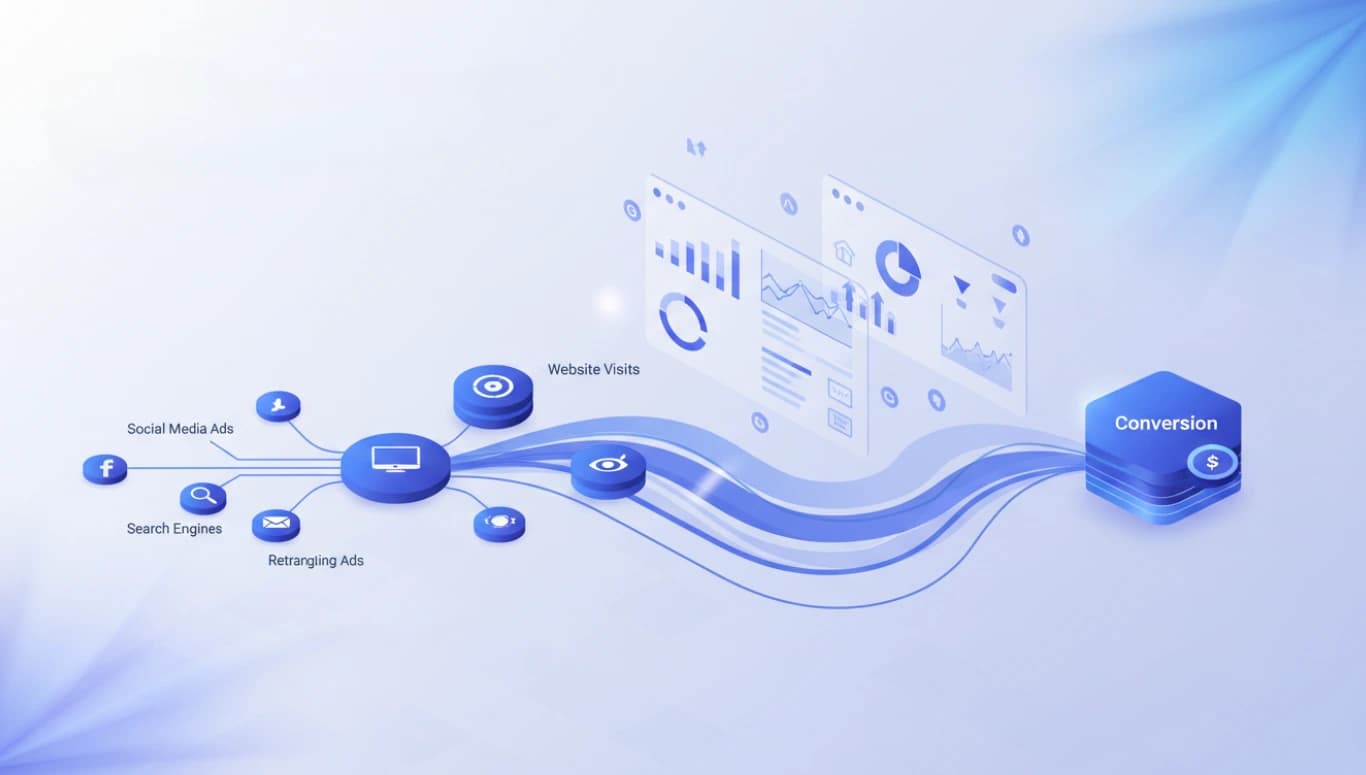Today, on these pages, we are going to discuss an issue that, over the years, has come to play a leading role in retail data analytics.
The immediate reason for this post is a special report – The Fine Art of Analytics – released by Boston Retail Partners, which speaks to problems yet to be addressed by retailers who have implemented analytics in their businesses.
First things first, though. The special report reveals that at least 44% of those surveyed agreed that improved analytics was their top priority.
But guess what? The survey found that the ability to leverage analytics to improve business performance lagged behind intent due to a lack of organizational alignment and inconsistent processes.
Those are the keywords to watch out for after your retail business has deployed analytics – alignment and process. In the previous post, we talked about the three big mistakes to avoid in marketing analytics.
Here, we will look at the slipups that many data-wielding retailers continue to make.
Data analytics for an e-commerce business, or any other form of retail activity, provides advanced visibility into sales performance by channel and by product. All of which helps in near-accurate planning and allocation decisions.
So what are the three most significant assets that a retailer has today? Simple – the people who run it, for the people who want it, and data!
Data must be looked at as the core asset of a retail business. Data analytics aligns all three resources to deliver the desired output, provided it’s done right.
Here’s what retailers can do, really do, with these three assets arranged in a straight line – they can better understand the nature of their business, predict what’s to come, and better serve their customers. (Note, we’ve used the word ‘predict’, an explanation’s coming down the line).
The key, as we said before, lies in the implementation. Simply introducing analytics in your retail process will not work. Your organization must be aligned with it. How often have we read that data in silos does not work? That’s so true.
Even if data is stored separately, they need to “breathe together”. Everyone in your business – from management to the storekeeper must not only have access to the very latest data but also be in the loop where day-to-day business decisions (except the core ones like profit and loss) are concerned.
Thus, organizational alignment is the key to the successful deployment of data analytics. Without organizational alignment, it’s hard to maximize the benefits big data can bring.
The actual process of data analytics, too, has to be well thought through before deployment. While many slipups can happen, we will detail one here that is quite common.
See how leading retailers are pricing smarter in real time >>>> Schedule a call
Many retailers, even today, have physical stores alongside their online ones. Both produce their own sets of data, such as the popularity of certain items and how quickly they are being sold. Yet, if both are kept in separate silos, it would do grave injustice to your omnichannel marketing efforts.
Data from the physical stores must be allowed to interact with the other set of data obtained from your online business to get the big picture and derive meaningful insights. Yet a majority of retailers continue to make this mistake.
Predictive Analytics in Retail
Analyzing data in retail should no longer stop “at the moment” but should be used to anticipate consumer needs in the future. That’s where predictive analytics steps in.
Once dismissed as crystal-ball gazing, predictive analytics is the science of forecasting future trends by studying present-day and past data.
This form of analytics enables you to make informed decisions about what your customers may want in the coming days.
To read up on a more detailed version of the benefits of this form of analytics, you may want to read this earlier post:
Top-5 Uses Of Predictive Analytics For Supermarkets And Retail Grocers


